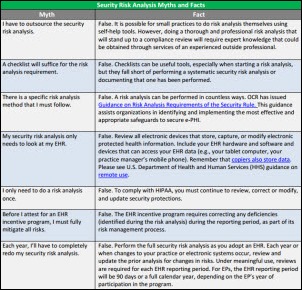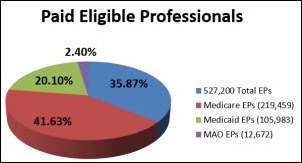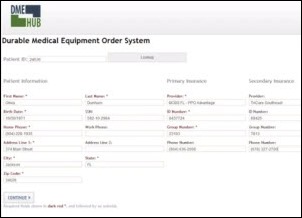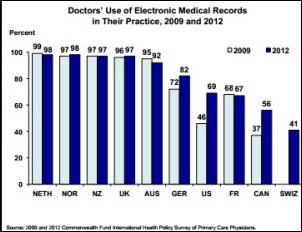Does Health IT Care?
The other day I received an email from an HIT-related buddy of mine. He’s perhaps the brightest bulb in the HIT chandelier that I’ve had the privilege to know. In the email he used a term (and I quote it here except for the full expletive) to describe the HIT space as: ”motherf…inginteroperableidioticbigdatatalkingpredictiveanalyticHITindustryoverpromising-underdeliveingdreamweavingdouchebags.” (MFIIBDTPAHITIOPUDDWDBs, for short.)
This from the same fellow who I’ve heard detail many of the complexities of the intricate HIT realm, both operational and political with clarity, precision, deep insight, and well-considered reason. His less than enthusiastic stereotype was like pure “cognitive fodder” as I knew how well he understood those of whom he spoke.
His rather saucy turn of phrase set me to wondering: does health IT actually care, or are we all just a bunch of MFIIBDTPAHITIOPUDDWDBs?
I swallowed the notion, and found myself chewing on its cud.
I thought about people I know/have known throughout various HIT-related experiences. I thought about corporate HIT cultures I’ve witnessed. I thought about HIT entrepreneurs I’ve met. I thought about doctors and nurses and geeks and gadgets and sales guys and C-suites. I thought about myself.
I thought about the bright-eyed newbies with so much passion and spirit. I thought about wizened old HIT patriots. I thought about those within whom the spark burns brightly and those within whom there appears to be naught but char.
I thought about “good guys” who turned, or who maybe were just never as good as they first appeared. I thought about “bad guys” who later showed shiny silver linings.
I thought about waste cases and value props. I thought about soul suckers and salvationists.
I thought about advocates and champions. I thought about people who fought tooth and nail to retain their rights to paper-and-pen. I thought about those dragged kicking and screaming into digital-dom. I thought about futurists and Monday morning quarterbacks. I thought about the converted and the lost.
I thought about e-patients and insurers. I thought about privacy rights protagonists and datasharing dreamers. I thought about population health and personal genomics and biomedical informaticists. I thought about my wife and sons and how all this HIT stuff must seem to them.
I thought about times when I’ve over-promised and/or under-delivered. (C’mon…we’ve all done it.) I thought about big HIT dreams that evaporated like so much smoke. I thought about personal HIT predictions that came true and those that now appear idiotic.
I thought a lot about things I’ve read on the pages of HIStalk sites.
Once I’d thought a while about all of this, and more, I realized that my buddy was spot on – and spot off. We are all MFIIBDTPAHITIOPUDDWDBs. And, yet, I’d wager that the vast majority of us also truly care, that we’re honestly trying to make healthcare better through HIT.
Maybe not all the time. Maybe not every effort. Maybe some motivations are not always so high-minded. Maybe some of us have less of a silver lining than others.
But overall, across the HIT board, across all the ups and downs and goods and bads, through all our human foibles and personal peccadilloes, I think it’s safe to say that HIT cares.
When we’re not being MFIIBDTPAHITIOPUDDWDBs, that is.
From the trenches…
“I tried to think, but nothing happened.” – Curly

Dr. Gregg Alexander, a grunt in the trenches pediatrician at Madison Pediatrics, is Chief Medical Officer for Health Nuts Media, an HIT and marketing consultant, and sits on the board of directors of the Ohio Health Information Partnership (OHIP).




















The article about Pediatric Associates in CA has a nugget with a potentially outsized impact: the implication that VFC vaccines…